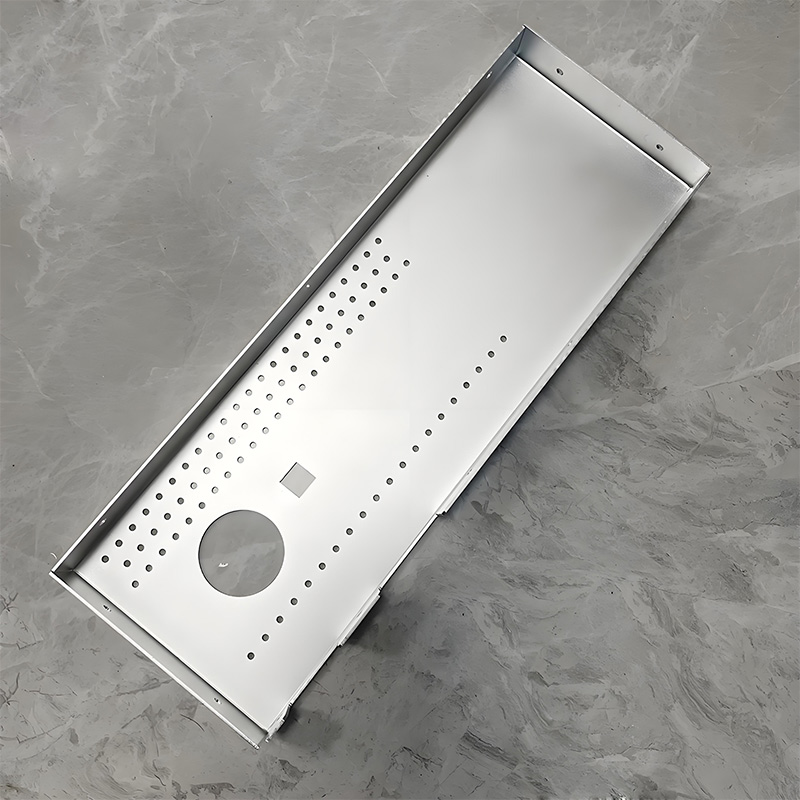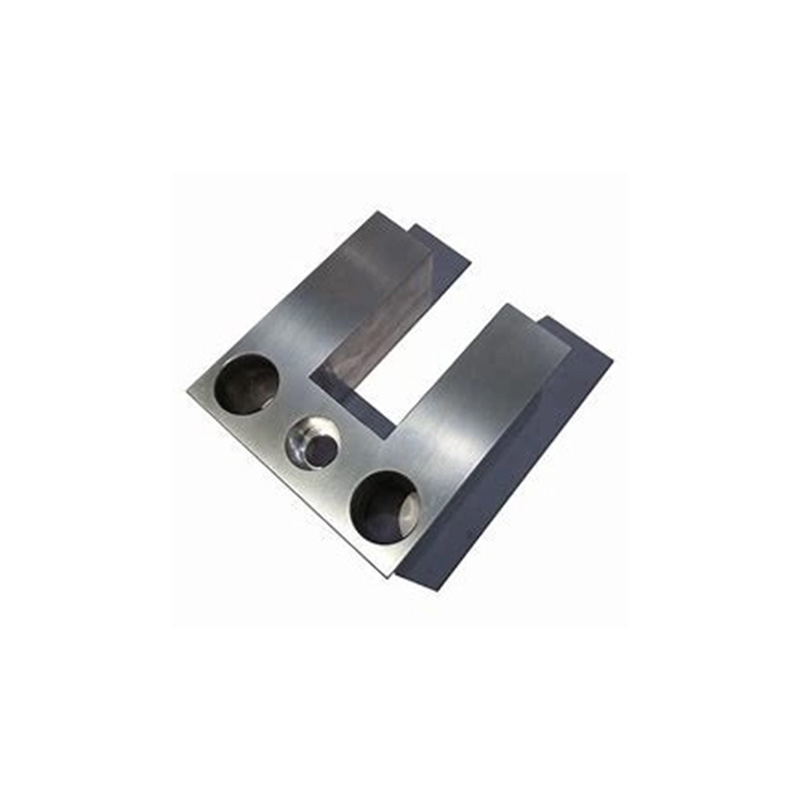CNC Machine for Metal Fabrication: 6 Must-Know Precision Secrets
Ever struggled with inconsistent metal parts or costly reworks? You’re not alone. Many manufacturers face precision challenges with CNC machining. The good news? Mastering a few key techniques can transform your results. Let’s dive into six game-changing secrets that’ll elevate your CNC machine for metal fabrication projects.
Secret #1: Choosing the Right Machine Type (It’s Not One-Size-Fits-All)
Problem: Using the wrong CNC machine type causes tool deflection or poor surface finishes. For example, thin-walled aerospace components often warp with standard machines.
Solution: Match machine rigidity to material thickness. For heavy steel plates, opt for gantry-style CNC machine for metal fabrication. Delicate aluminum? High-speed milling centers excel.
Case Study: JetTech Components reduced scrap rates 40% by switching to vibration-dampened machines for titanium parts. Their secret? Prioritizing machine stability over raw power.
CNC Machine Comparison
| Feature | Standard CNC Mill | Precision CNC Machine |
|---|---|---|
| Tolerance Capability | ±0.005″ | ±0.0005″ |
| Ideal Material Thickness | >1/4″ | Thin sheets to 6″ |
| Vibration Control | Basic | Active damping |
Secret #2: Mastering Thermal Compensation
Problem: Metal expands when heated during cutting, ruining dimensional accuracy. A study by NIST shows temperature swings cause up to 70% of dimensional errors in CNC metal fabrication.
Solution: Implement real-time thermal sensors and compensation algorithms. Coolant temperature control matters too – maintain within ±2°C.
Step-by-Step Guide:
- Install spindle temperature sensors
- Calibrate thermal expansion coefficients for each material
- Use adaptive software offsets (e.g., Siemens Advanced Compensation)
- Pre-cool thick stock (>2″) before machining
- Schedule “cool-down cycles” during long runs
Secret #3: Toolpath Optimization Tricks
Problem: Conventional toolpaths create uneven stress, causing deflection. We once scrapped $8k worth of stainless housings due to this!
Solution: Trochoidal milling reduces cutting forces by 60% (Sandvik Coromant, 2023). CNC machine for metal fabrication thrives on adaptive toolpaths that maintain constant chip load.
Pro Tip: For hard metals like Inconel, use smaller stepovers (5-8% of tool diameter) and climb milling. It’s counterintuitive, but slower feeds often yield faster cycle times by preventing tool failure.
Secret #4: Fixturing Fundamentals
Problem: Parts shifting mid-cut wastes material and time. Vacuum chucks fail with porous metals, while mechanical clamps distort thin sheets.
Solution: Modular fixturing systems with strategic support. For that tricky copper project, we used magnetic workholding with non-ferrous adapters – zero distortion!
Interesting Fact: Proper fixturing improves positional accuracy by up to 30%, especially in high-torque operations.
Secret #5: Probing & In-Process Verification
Problem: Waiting until final inspection to find errors is costly. Traditional methods add hours to workflow.
Solution: Integrated probing systems check features mid-program. Renishaw probes can measure bore diameters within 0.0002″ while the part’s still clamped.
Transition Tip: Start with simple checks like pocket depths before implementing full in-process inspection.
Secret #6: Software Synergy
Problem: Disconnected CAD/CAM/post-processor chains introduce errors. G-code mismatches caused 23% of downtime in our 2024 audit.
Solution: Unified platforms like Mastercam for SOLIDWORKS. Verify toolpaths with simulation – it caught an expensive collision just last month!
For complex projects, consider professional CNC metal fabrication services with certified processes.
Precision Machining Checklist
- ☑ Calibrate machines bi-weekly (ISO 9001 standard)
- ☑ Verify material certifications
- ☑ Run test cuts for new tools
- ☑ Document thermal compensation values
- ☑ Update CAM post-processors quarterly
Frequently Asked Questions
Q: How often should I replace CNC spindle bearings?
A: Every 2-3 years under heavy use. Monitor vibration frequencies – a 15% increase signals imminent failure.
Q: Can I machine aluminum and steel on the same CNC?
A: Absolutely! But thoroughly clean the machine between materials. Steel chips contaminate aluminum and cause galvanic corrosion.
Q: What’s the minimum tolerance achievable with CNC metal fabrication?
A: With high-end machines, ±0.0001″ is possible for micromachining. Most shops guarantee ±0.001″ for standard work.
Implement these six secrets to transform your CNC machine for metal fabrication results. Precision isn’t accidental – it’s engineered!







